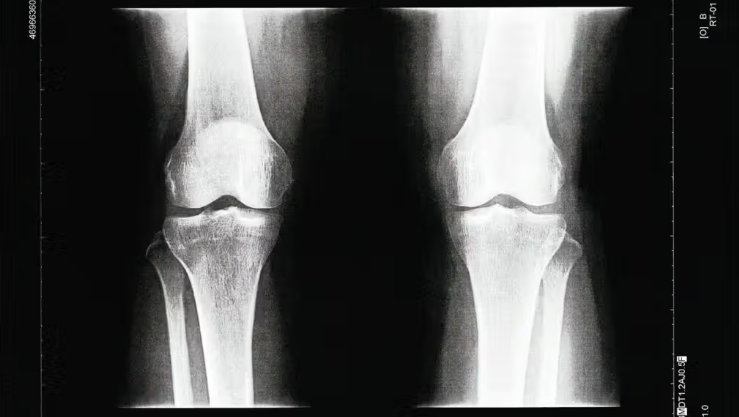Additionally, the study is not diverse in terms of gender or race.
“The sample size here is also small, and all participants are women,” Ogunwale pointed out. “It will be difficult to generalize the findings to the diverse population at risk of knee osteoarthritis, especially men.”
When will the blood test become available?
Steve Yoon, MD, a board certified physiatrist and director of Clinical Regenerative Medicine at Cedars-Sinai Kerlan-Jobe Institute in Los Angeles, spoke with MNT about the study.
“Because osteoarthritis is incurable, any ability to predict the occurrence of this disease early in an individual could possibly help the future quality of lives for millions of people worldwide,” said Yoon.
While Yoon is optimistic about the study findings, he pointed out that this type of test will not be put into use immediately.
“Tests like these are promising but are not likely going to be available for public use for a while,” Yoon cautioned. “One of the best ways to approach life is to continue engaging in healthy living – optimizing diet and moderate exercise has been linked in many scientific studies to help prevent and positively affect many diseases.”
Timothy Gibson, MD, a board certified orthopedic surgeon and medical director of the MemorialCare Joint Replacement Center at Orange Coast Medical Center in Fountain Valley, California, also spoke with MNT. He also emphasized the importance of the study findings.
“The development of a blood test for predicting knee osteoarthritis before structural damage appears on X-ray is very significant,” noted Gibson. “Early identification of individuals at high risk of developing knee osteoarthritis gives opportunity to potentially provide early intervention and potentially slow or halt progression of the disease.”
Gibson also said if someone is at risk for developing knee OA, there are some things they can do to help, including “controlling weight and maintaining or improving quadriceps and leg strength.”
“The knee feels the force of about four times body weight with each step due to what is known as a joint reactive force,” said Gibson. “Even losing 10 pounds makes a huge difference in the force across the knee with each step.”
“For people living with osteoarthritis, this does not mean much in the short term. But the hope it inspires – for earlier diagnosis, treatment, development, and limiting complications – is heartwarming.”
— Abayomi Ogunwale, MD
Ogunwale said this type of testing could impact the future of treating osteoarthritis.
“In coming years, this development will translate to more sensitive and non-radiologic tests for osteoarthritis prediction, diagnosis, and hopefully, development of therapeutics and biologic agents to interrupt the inflammatory process preceding clinical symptoms,” he noted.

1 thought on “Blood test may be able to detect osteoarthritis 8 years earlier than X-ray”